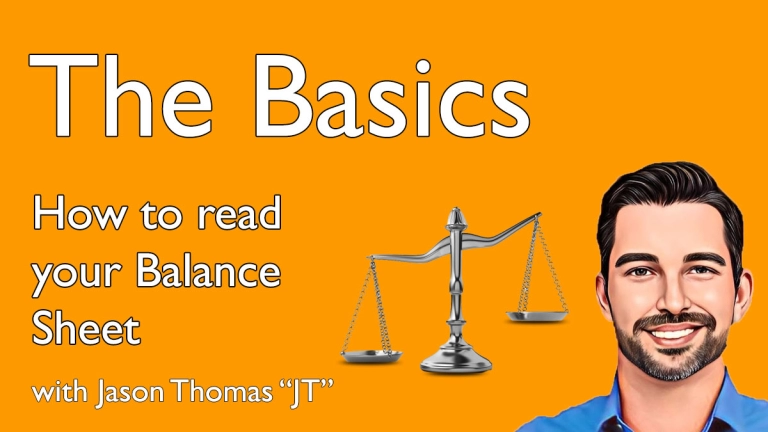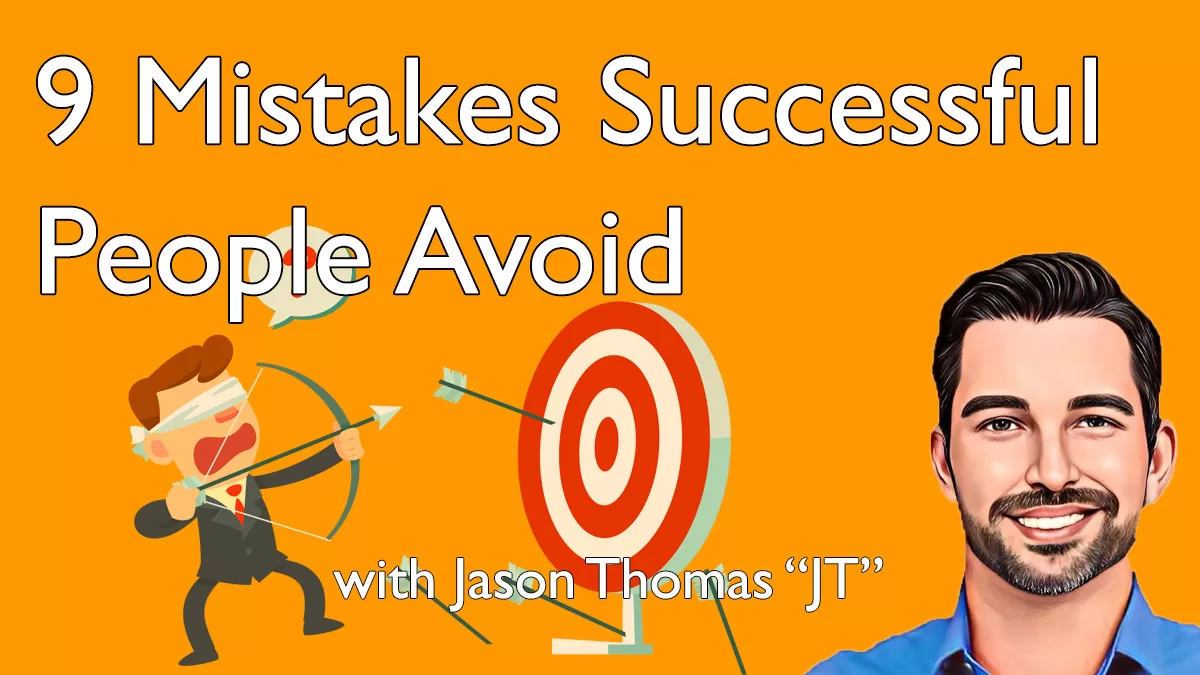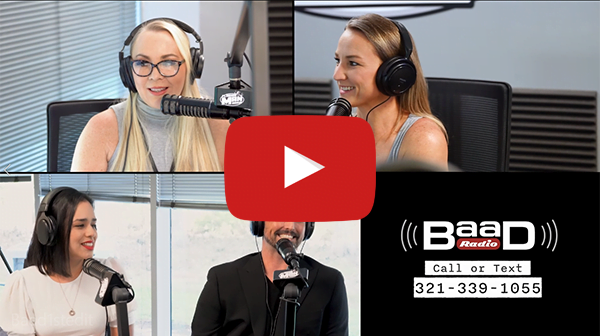Ever what to know a rough idea of what your business is worth? Sounds like it’s time for you to learn how to read a Balance Sheet. Don’t get me wrong, your Balance Sheet isn’t going to get you anywhere near an actual valuation. But it can give you a pretty good idea as to what you are working with at any given time.
I mean, who doesn’t love poring over rows of numbers and trying to decipher what they mean? It’s like a puzzle, but with more boredom and less fun.
First things first, let’s talk about what a balance sheet actually is. It’s basically a snapshot of a company’s financial situation at a particular point in time. It shows what a company owns (its assets), what it owes (its liabilities), and what’s left over (its equity). I’ll give you three guesses as to why it’s called a balance sheet. The answer is in the name. Your balance sheet is called that because when it is filled out correctly your assets will be equal to your liabilities and equity. Easy, right?
Now, let’s dive into the nitty-gritty of how to read a balance sheet.
Let’s start with assets. These are the things a company owns that have value. It could be anything from cash in the bank to property and equipment to investments. Assets are listed on the balance sheet in order of how easily they can be converted into cash. So, cash is usually listed first, followed by things like accounts receivable (money owed to the company by customers), inventory, and so on. Yes, your Accounts Receivable entry is considered an asset, but in no way does that mean that you want to see a big number here. It’s much safer to stay true to the adage that “Money doesn’t count until it’s in the bank!” That being said, you still need a place to keep track of who owes you what.
Of course, just because a company has a bunch of assets doesn’t mean it’s rolling in dough. It’s important to look at the liabilities too. These are the things a company owes, like loans, taxes, and payments to suppliers. Liabilities are listed in order of how soon they need to be paid off. So, things like accounts payable (money owed by the company to suppliers) and short-term loans are usually listed first, followed by long-term debt and other obligations.
So, how do you know if a company is doing well or not based on its balance sheet? One way is to look at the relationship between assets and liabilities. Ideally, you want to see more assets than liabilities, which means the company has a cushion in case it needs to pay off debts or deal with unexpected expenses. This is called a “strong balance sheet.” On the other hand, if a company has more liabilities than assets, it could be in trouble. This is called a “weak balance sheet” and could indicate that the company is struggling financially.
But wait, there’s more!
We haven’t talked about equity yet. Equity represents the value of the company that’s left over after all the liabilities are paid off. It’s what’s left for the owners (shareholders) of the company. Equity can be a good indicator of how well a company is doing because it shows how much value has been created for the owners over time. It’s also a way to gauge how much risk the owners are taking on. If a company has a lot of debt and not much equity, it could be a sign that the owners are relying heavily on borrowing to finance their operations.
So, there you have it. The basics of how to read a balance sheet. But let’s be real, who has time for all that number-crunching? You could probably just take an inventory of how many followers you have and how cool your logo and branding are. After all, who needs financial literacy when you have social media?
But seriously, if you want to make the transition from being someone that owns their job to being an actual CEO, it’s important to understand how to read a balance sheet. It’s not the most exciting thing in the world, but it can give you valuable insights into a company’s financial health and help you make informed decisions. So, grab a cup of coffee, put on your reading glasses, and get ready to dive into the wonderful world of balance sheets. Or, you know, find a partner that can do it for you and then just tells you about it all. Meh, Whatever works.




